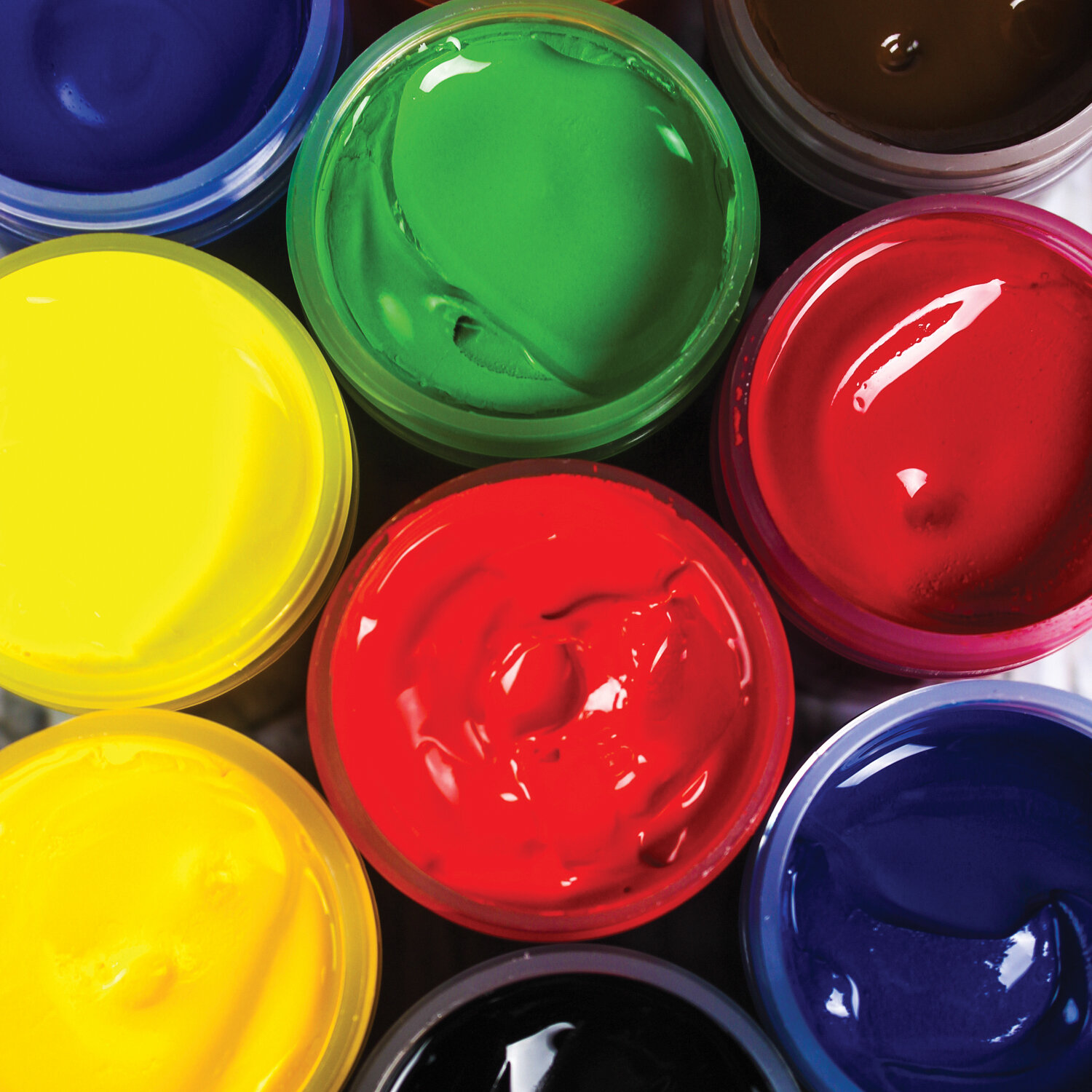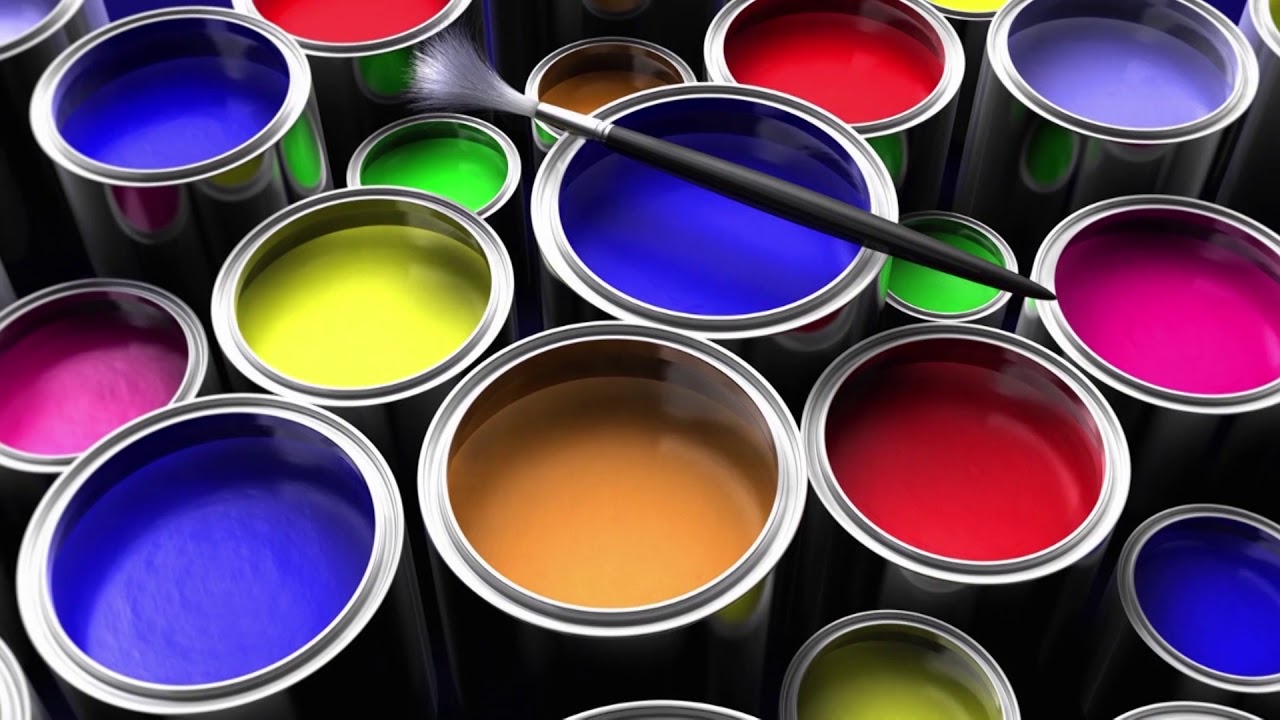How To Guide: How to Make Colors
Introduction:
Colors play a significant role in various aspects of our lives, from art and design to marketing and communication. While colors can be readily found in the world around us, knowing how to create them ourselves can be a valuable skill. In this guide, we will explore the process of making colors, whether you are an artist, a designer, or simply interested in understanding the science behind colors. Let's dive in!
Materials Needed:
- Primary colors: red, blue, and yellow (acrylic or watercolor paints are commonly used)
- Paintbrushes
- Palette or mixing surface
- Containers for water and cleaning brushes
- Paper or canvas for testing and displaying colors
Step 1: Understanding Color Theory
Before we delve into creating colors, it's essential to understand the basics of color theory. The color wheel is a fundamental tool used to illustrate the relationships between colors. It consists of primary colors (red, blue, and yellow), secondary colors (green, purple, and orange), and tertiary colors (created by mixing primary and secondary colors).
Step 2: Mixing Primary Colors
The primary colors, red, blue, and yellow, are the building blocks for all other colors. To create secondary colors:
- Mix equal parts of blue and yellow to achieve green.
- Mix equal parts of red and yellow to obtain orange.
- Mix equal parts of blue and red to create purple.
It is important to mix the colors slowly and thoroughly to ensure a smooth color blend. Adjust the ratios if you prefer lighter or darker shades.
Step 3: Obtaining Tertiary Colors
Tertiary colors are created by mixing primary and secondary colors in varying ratios. Experiment with different combinations to achieve your desired colors. Some examples include:
- Mixing more yellow with a small amount of green to obtain a lighter shade.
- Combining more blue with a touch of purple to achieve a deeper color.
Step 4: Creating Shades and Tints
Besides mixing colors, you can create shades and tints by adding black or white to alter the intensity of a color.
- For shades, add a small amount of black to the desired color, gradually darkening it.
- For tints, add a small amount of white to the desired color, gradually lightening it.
Remember to mix the colors incrementally, testing the shade or tint as you go, until you achieve the desired effect.
Step 5: Experimenting with Complementary Colors
Complementary colors are located opposite each other on the color wheel and create a high contrast visual effect. Experiment by mixing complementary colors to create dynamic combinations. For example:
- Mix red and green to create a vibrant contrast.
- Combine blue and orange to achieve an eye-catching balance.
Conclusion:
Mastering the art of making colors allows you to unleash your creativity and understand the intricacies of color theory. Whether you are an artist, designer, or simply curious, this guide has provided you with the essential steps to get started on your color mixing journey. Remember to experiment, practice, and have fun exploring the wide spectrum of colors at your fingertips.



 Admin
Admin 






